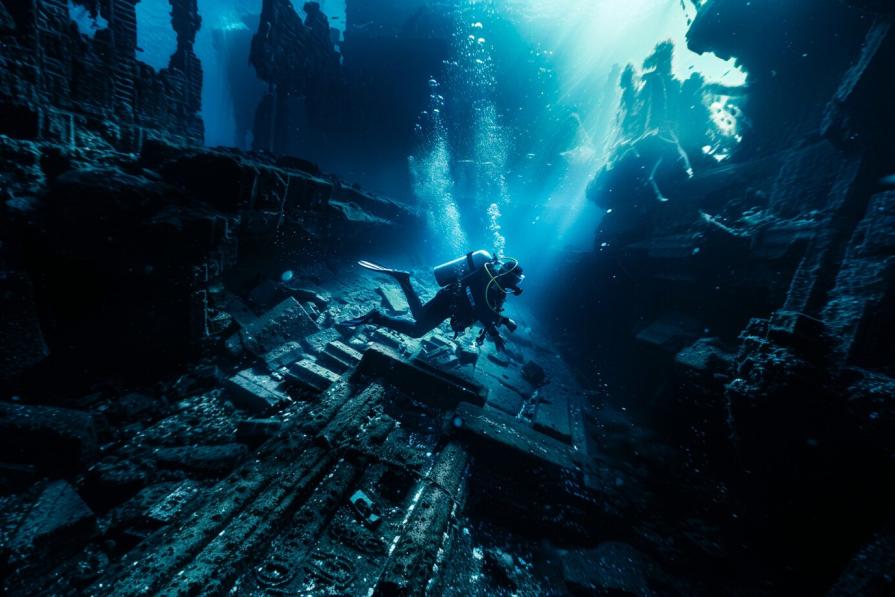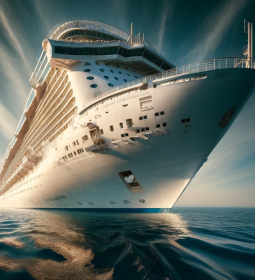The beauty of the earth is multifaceted and inexhaustible. Inexhaustible in the literal sense when it comes to the oceans: shades of blue, blue and green colors alternate and mix, changing the saturation. Pale blue and crystal clear water on the shore of sandy beaches, blue-green, strewn with white splashes of waves near the rocky shores - or dark blue, almost black, bottomless and mysterious in the open sea.
Let's talk about underwater caves, popularly called blue holes,and scientifically karst funnels. Thanks to the contrast of the water, the caves look magical. Most of the depressions were formed during the ice age, when the water level in the oceans was lower than the existing one. Rainwater washed out the limestone, forming caves of varying depths. When the water level rose, the caves flooded, forming an incredible beauty of water landscapes.
Dean's Blue Hole
Until 2016, the deepest was the dean's blue hole near the Bahamas Long Island, going down 202 meters. The shape of the depression resembles an inverted vessel with a narrow neck on the surface and a wide base at depth. The diameter of the hole from above is from 25 to 35 meters, and after a twenty-meter depth, the vessel expands to 100 meters. Dean's funnel is used by freedivers as a training base and for competitions. In 2010, athlete William Troubridge set a record by diving to a depth of 101 meters without using flippers.
Dragon Hole

In 2016, from the place of honor of the deepest funnel in the world, Dean's blue hole was displaced by the Dragon's hole near the Paracel Islands. Chinese researchers conducted measurements and found that the depth of the depression exceeds 300 meters, which beats all known records. Measurements were made with the help of a deep-sea apparatus, people did not descend into the cave. The diameter of the Dragon hole is also impressive - 103 meters. At a depth of over 100 meters, scientists have found no signs of life, which is due to the lack of oxygen. There is an opinion that the water below is not updated in any way since the formation of the depression.
From all sides, the hole is surrounded by reefs and in the pictures from above looks like a hole from an alien bullet. The Chinese believe that the Palace of the Dragon of the East Sea, described in the classic work of the XVI century "Journey to the West", is the dragon's hole.
Big Blue Hole
Celebrity among the blue holes is the Big Blue Hole in Belize. The diameter of the crater is 305 meters, and the depth is 124. The popularity of the depression has acquired not in connection with the depth, but due to the magnificent external data - it is almost perfectly round in shape. In 1972, the cave was explored by Jacques-Yves Cousteau himself, who proved the natural nature of the origin of the depression contrary to the popular myth of alien intervention. Descending to a depth of 70 meters, Cousteau's team discovered an "underwater cathedral" created by stalactites and stalagmites. The Big Blue Hole is popular among diving enthusiasts.












